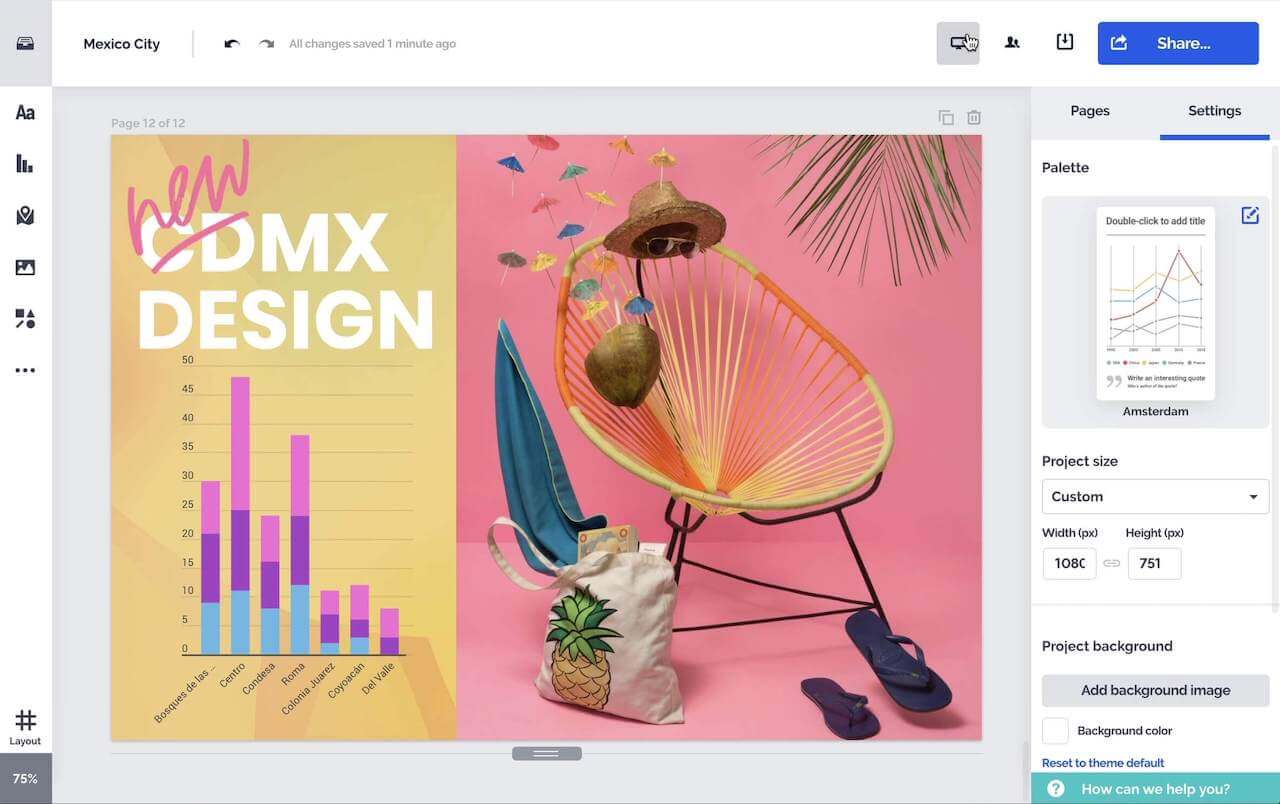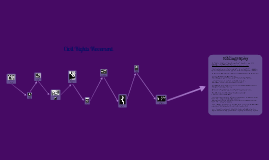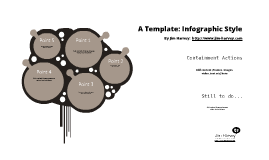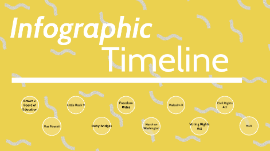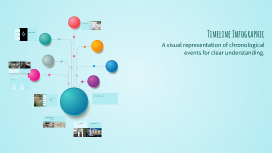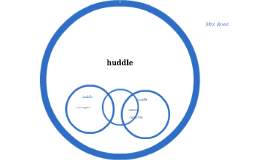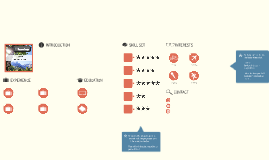Timeline Infographic
Transcript: Understanding Timelines Timelines serve as effective visual tools that illustrate events chronologically, facilitating a clearer comprehension of their order and interconnections. They are essential for organizing information in a way that is easy to follow, making complex sequences more accessible to the audience. Clarifies Historical Events Timelines clarify historical events by presenting them in a structured sequence, allowing viewers to easily understand the order and significance of each event. Timeline Infographic Tracks Progress Over Time Purpose of a Timeline By tracking progress over time, timelines make it easier to visualize changes, achievements, and milestones, making them essential for project management and personal goals. Illustrates Relationships Between Events Timelines illustrate relationships between events, showing how one event can influence another, which aids in understanding the context and impact of historical developments. A visual representation of chronological events for clear understanding. Scale of Time Clear Title A scale of time allows for the accurate representation of events, showing their chronological order. The scale can be linear, segmented, or marked with specific time intervals to enhance clarity. A clear title provides context and defines the focus of the timeline, ensuring that viewers understand what is being represented. It serves as the starting point for engaging with the timeline's content. Types of Timelines Understanding different timeline formats and their applications. Interactive Timelines Historical Timelines Linear Timelines Interactive timelines allow users to engage with the content, often featuring clickable events for more information. Historical timelines focus on significant past events, helping users to understand context and chronology in history. Linear timelines present events in a straight line, making it easy to visualize progress over time. Digital Timelines Digital timelines utilize software or online platforms to create dynamic timelines that can include multimedia elements. Define Purpose Conclusion and Summary of Timelines Define the purpose of the timeline to understand what story or information you want to convey. This sets the foundation for the entire project. Gather Information Recap of the significance and impact of using timelines in various contexts. Collect all relevant data and events that will populate the timeline. Ensure the information is accurate and credible to maintain the timeline's reliability. Choose Format Steps to Create a Timeline Select an appropriate format for your timeline based on your audience and the complexity of the information. This could be a linear, digital, or interactive format. Key Takeaway 2 Key Takeaway 1 Key Takeaway 3 Plot Events Chronologically They enhance engagement by providing clear, structured information that captures attention and promotes retention. Timelines serve as powerful visual tools that clarify complex information, making it easier to understand sequences of events. Timelines are versatile tools applicable in historical analysis, project planning, and personal achievements, showcasing their diverse uses. Arrange the events in chronological order, ensuring that the sequence is logical and easy to follow. This will help viewers grasp the timeline's narrative. Add Visual Elements Incorporate visual elements such as colors, images, and icons to make the timeline more engaging and easier to understand. Visuals can enhance retention and appeal. Diverse Applications of Timelines Timelines serve various purposes across different contexts. Historical timelines highlight significant events in history, project timelines aid in planning and management, while personal timelines can represent individual milestones and achievements. Each example showcases how timelines can be tailored to meet specific informational needs. Keep It Simple Incorporate Visuals Simplicity is key in timeline design. Avoid clutter by focusing on essential information and using clean lines and spacing. This makes it easier for viewers to follow along without distraction. Incorporating visuals like icons or images can enhance the engagement of a timeline. Visual elements help to illustrate events more vividly and can make the information more memorable for the audience.





